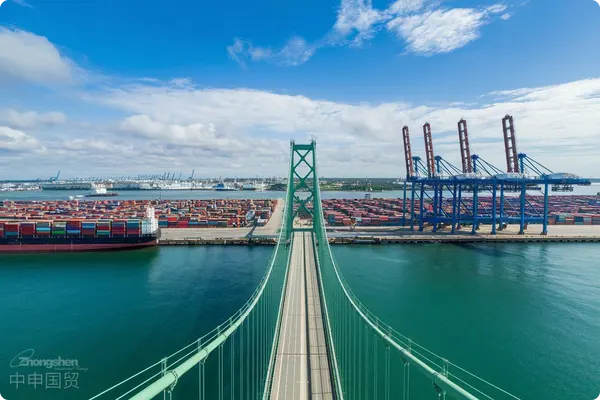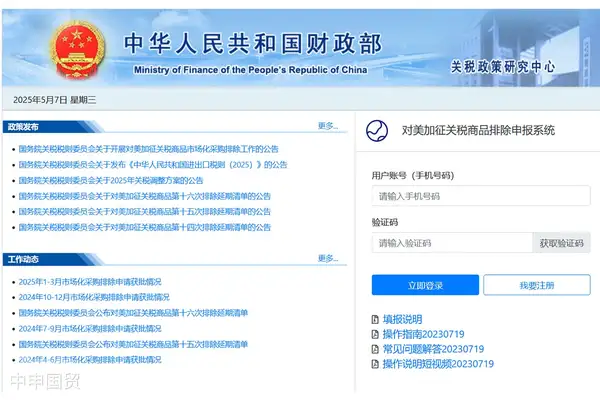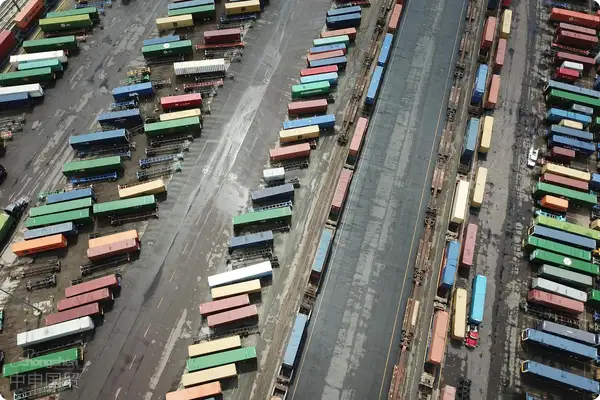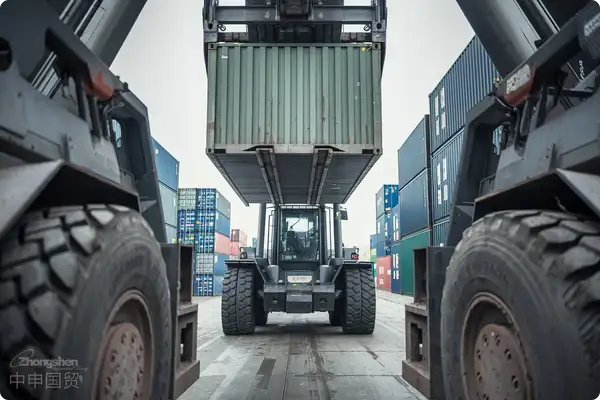- Shanghai Zhongshen International Trade Co., Ltd. - Two decades of trade agency expertise.
- Service Hotline: 139 1787 2118

Testequipment. For example, Indonesia has the SNI certification, Thailand has the TISI certification, and the Philippines has the BPS certification. It is necessary to confirm in advance the equipment voltage (such as 380V/50Hz in Thailand), the compatibility of the CE certification, and the proof of environmentally friendly materials.Special characteristics recognition
2025 General Administration of Customs data shows a 23% year-on-year increase in scientific research equipment imports, with test equipment accounting for 37%. The special characteristics of such goods are reflected in:
- Technical Parameter Sensitivity: Equipment like spectrometers often involves export control lists
- Stringent transportation conditions: Precision instruments require full temperature records (±2℃) and shockproof packaging
- Complex certification system: Requires simultaneous compliance with EU CE, US FDA, and China CMA certifications
Four hidden risk points in import customs clearance
When a testing institution imported an 8 million yuan metal fatigue testing machine in January, 2025, it incurred 360,000 yuan in demurrage due to HS code misclassification. Main risks include:
- HS code misclassification:
- 9030.2 0 and 9030.8 9 items show a 5% tariff difference
- Overlap between mechanical/electrical and instrument categories
- Missing technical documents16% of return cases stem from failure to submit equipment principle descriptions
- Transportation plan errorsDamage rate for precision equipment is 3.7 times higher than general cargo
- VAT calculation loopholes:Cross-border E-commerceDifferences between new models and traditional trade taxation
The value realization path of professional agency services
Top-tier agency companies improve customs clearance efficiency through four core modules:
- Pre - classification ServiceUtilizing customs pre-determination mechanism to lock HS codes
- Certification agency systemChina-Germany dual certification cycle shortened to 28 working days
- Optimization of Logistics Solutions:
- Precision instruments adopt split transportation to reduce cargo damage
- Dangerous goods accessories require separate declaration and transportation
- Tax Planning ModelProper utilization of FTA preferential tariff rates
In-depth analysis of typical 2025 cases
A biotech company encountered customs challenges importing environmental test chambers:
- Dispute focus: Whether temperature control system belongs toMedical EquipmentComponents
- Solution path:
- Providing operational principle video demonstrations for equipment
- Supplementing ISO 17025 laboratory certification documents
- Adjusting declaration element description methods
- Final outcome: Customs clearance time reduced from estimated 45 days to 12 days
Industry frontier trend response strategies
According to General Administration of Customs Announcement No. 38 of 2025, special attention is required for test equipment imports:
- Intelligent clearance requirements3D structural diagrams must be embedded in declaration systems
- New regulations for local inspection: 20% of goods to undergo destination inspection
- Supply chain traceability system: Key components must be providedIt is recommended to verify through the following methods:Transparent Chain
Professional agencies have now developed intelligent declaration systems that automatically match declaration elements through a database of 1700+ equipment models. Combined with tariff concession rules under the RCEP agreement, they can help importers save 12-18% in overall costs. When selecting service providers, companies are advised to focus on three core indicators: technical document processing capability, emergency response mechanisms, and frequency of customs database updates.
Related Recommendations
? 2025. All Rights Reserved. Shanghai ICP No. 2023007705-2  PSB Record: Shanghai No.31011502009912
PSB Record: Shanghai No.31011502009912










